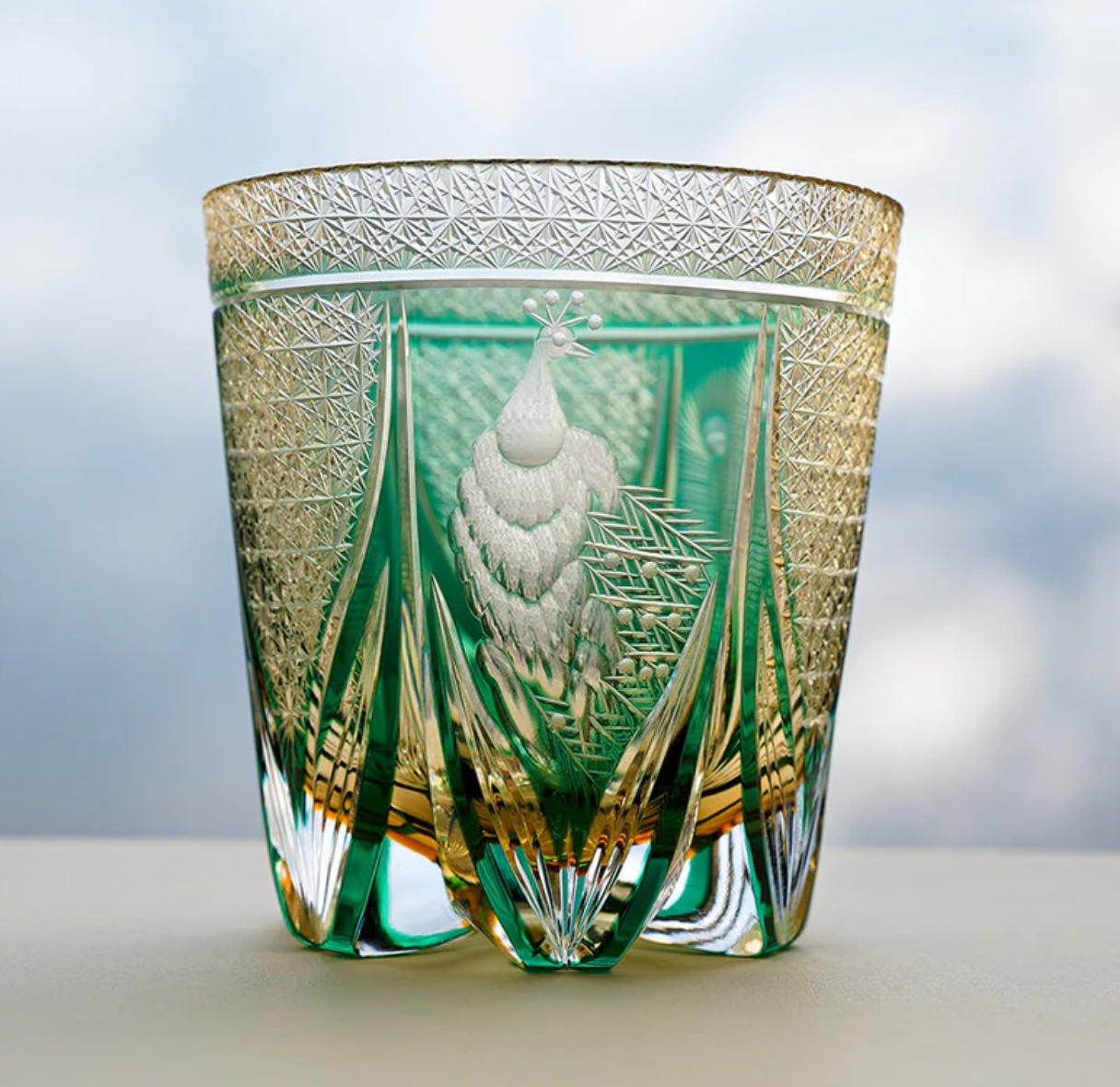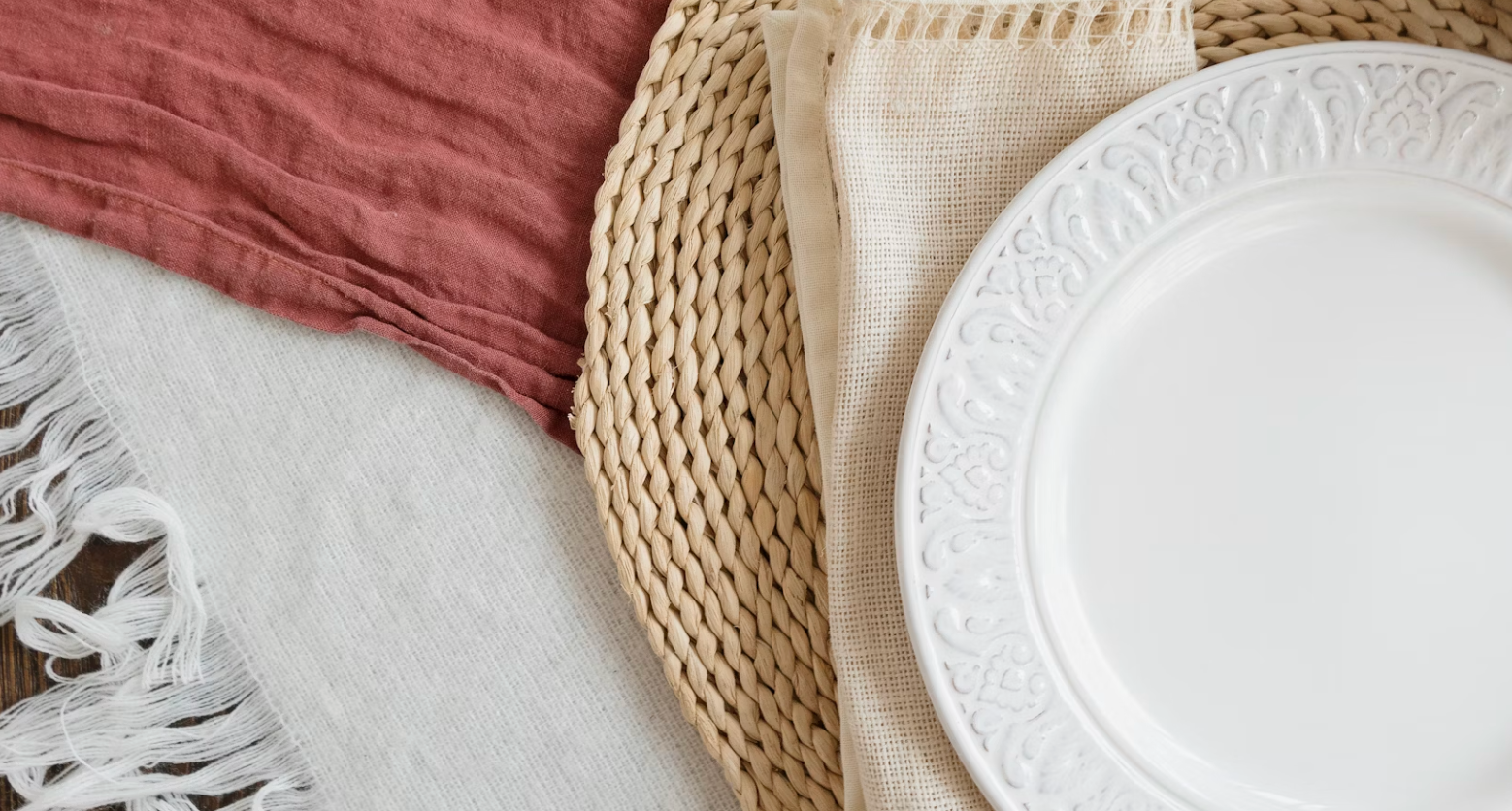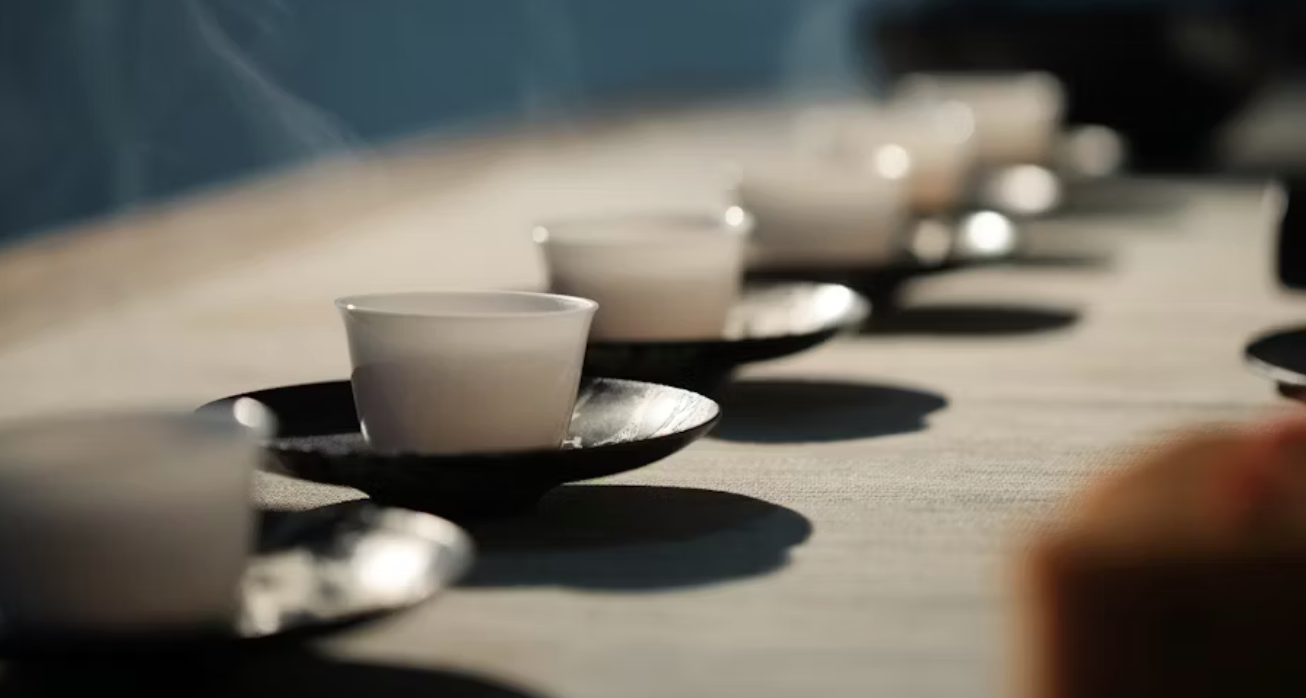
The Art of Resilience: Finding Beauty in Imperfection with Kintsugi
What do you do when something beautiful breaks? In many cultures, the natural impulse is to discard it, to see the damage as a mark of ruin. But in Japan, there is an ancient art form that offers a radically different, and profoundly beautiful, answer to this question: Kintsugi (金継ぎ).
Kintsugi, which literally translates to "golden joinery," is the traditional Japanese art of repairing broken pottery by mending the areas of breakage with lacquer dusted or mixed with powdered gold, silver, or platinum. The philosophy behind this art is a testament to the belief that the history of an object should not be hidden, but celebrated. The golden lines that fill the cracks are not a sign of failure, but a luminous map of its journey and a symbol of its renewed beauty.
Kintsugi's Philosophy: The Beauty of Wabi-Sabi and Resilience
At the heart of Kintsugi lies Wabi-Sabi, the Japanese aesthetic that finds beauty in imperfection, transience, and the natural cycle of growth and decay. Kintsugi takes this philosophy to its most literal and powerful conclusion. It teaches us that a repaired object is not a diminished version of its former self, but a new, more valuable one. Its flaws are not weaknesses but are instead a unique part of its story.
This perspective offers a powerful metaphor for our own lives. Just like a Kintsugi piece, our own scars and past traumas can be seen not as something to be hidden in shame, but as a source of unique strength and character. The mended lines become a testament to our resilience, a beautiful record of what we have endured and overcome.
The Art of Repair: A Meticulous Craft
The process of Kintsugi is a slow, patient, and meticulous craft that reflects the philosophy it embodies.
-
The artisan begins by carefully gathering all the broken fragments.
-
They then use a natural, tree-sap lacquer (urushi) to meticulously piece the fragments back together. This step can take days or weeks as each layer of lacquer must be completely dry before the next is applied.
-
Finally, the seams are dusted with powdered gold, creating a lustrous, brilliant web of lines that transforms the once-broken object into a one-of-a-kind work of art.
This labor of love ensures that the repaired piece is not only beautiful but also strong and durable, a tangible symbol of enduring value.
More Than Just Pottery: The Kintsugi Mindset
The philosophy of Kintsugi extends far beyond the world of ceramics. It is a mindset that encourages us to:
-
Embrace Imperfection: To see our flaws not as something to be erased, but as a part of what makes us unique and beautiful.
-
Value Resilience: To recognize that our past struggles and mended "cracks" are what give us depth, wisdom, and strength.
-
Find Beauty in History: To understand that the signs of our life's journey add to our worth, making us more complex and valuable.
This philosophy is central to the values we celebrate at Oriental Artisan. Every handcrafted piece in our collection, from the subtle patina on a cherished Hanko to the unique imperfections in a hand-thrown Chawan, tells a story of creation and a philosophy of timeless beauty. They are a testament to the idea that true artistry lies not in flawless perfection, but in the unique journey of a handcrafted object.
Find the story in the cracks. Explore our collection of handcrafted art, each piece a testament to meticulous creation and a philosophy of enduring beauty.




Leave a comment
This site is protected by hCaptcha and the hCaptcha Privacy Policy and Terms of Service apply.